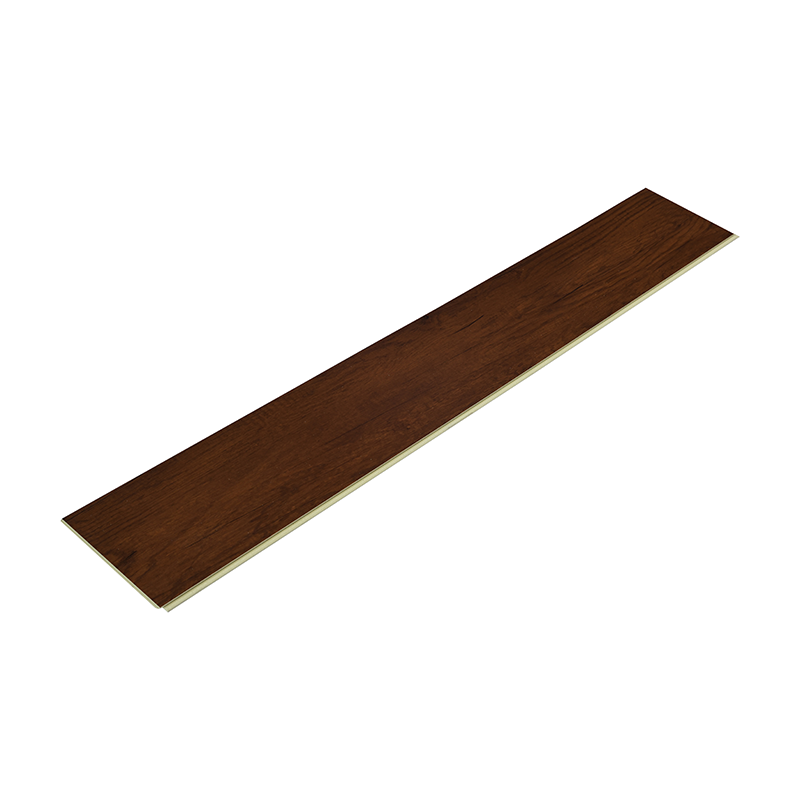| Availability: | |||||||||
|---|---|---|---|---|---|---|---|---|---|
| Quantity: | |||||||||
| What is Wood Plastic Composite (WPC) Wood Plastic Composite (WPC) flooring is a type of engineered flooring that combines wood fibers, pvc resin creating a highly durable and waterproof material. It’s commonly used as an alternative to natural wood flooring because it offers the look of real wood but with added benefits such as water resistance, durability, and ease of installation. Because of these properties, WPC flooring is popular for both residential and commercial settings. | |||||||||
DG-1008
KAXIER
Durable: Resistant to scratches, dents, and stains.
Embossed Texture: The wood grain texture is so realistic that it’s hard to distinguish from genuine wood, adding a natural and beautiful touch to any space.
8mm thickness: Provides a soft, cushioned feel, making the floor comfortable to walk on barefoot.
Waterproof: WPC is 100% waterproof, and is Ideal for moisture-prone areas like kitchens and basements.
Formaldehyde free: Meets the European Standard of less than 0.01 mg/m³, ensuring safety and eco-friendliness.
Easy Installation and Lightweight: Installed with a click-lock floating system, no glue is needed, making it easy to install and reuse.
Low maintenance: Easy to clean and requires minimal upkeep compared to real wood.
 |  |  |  |
 |  |  |  |
Beofore the installation of WPC flooring, choose the appropriate supplies and tools. WPC flooring, underlay, glue, and joint covers are required materials. A saw, ruler, marking tool, cutter knife, folding ruler, and tape measure are among the tools required.
Install the underlay first, then the WPC flooring. This layer is intended to guard WPC flooring against dampness.
If required, use a circular saw or utility knife to cut the WPC flooring. To acquire an accurate cut, make sure to thoroughly measure and mark the area where the cut to be made.
After the underlay has been laid correctly, carefully install the WPC flooring.
We advise making sure the seams between the floor sheets are tight and even by using an instrument like a rubber mallet. Make sure the WPC floor is packed down tightly enough to prevent any gaps or air pockets from forming underneath the SPC floor.